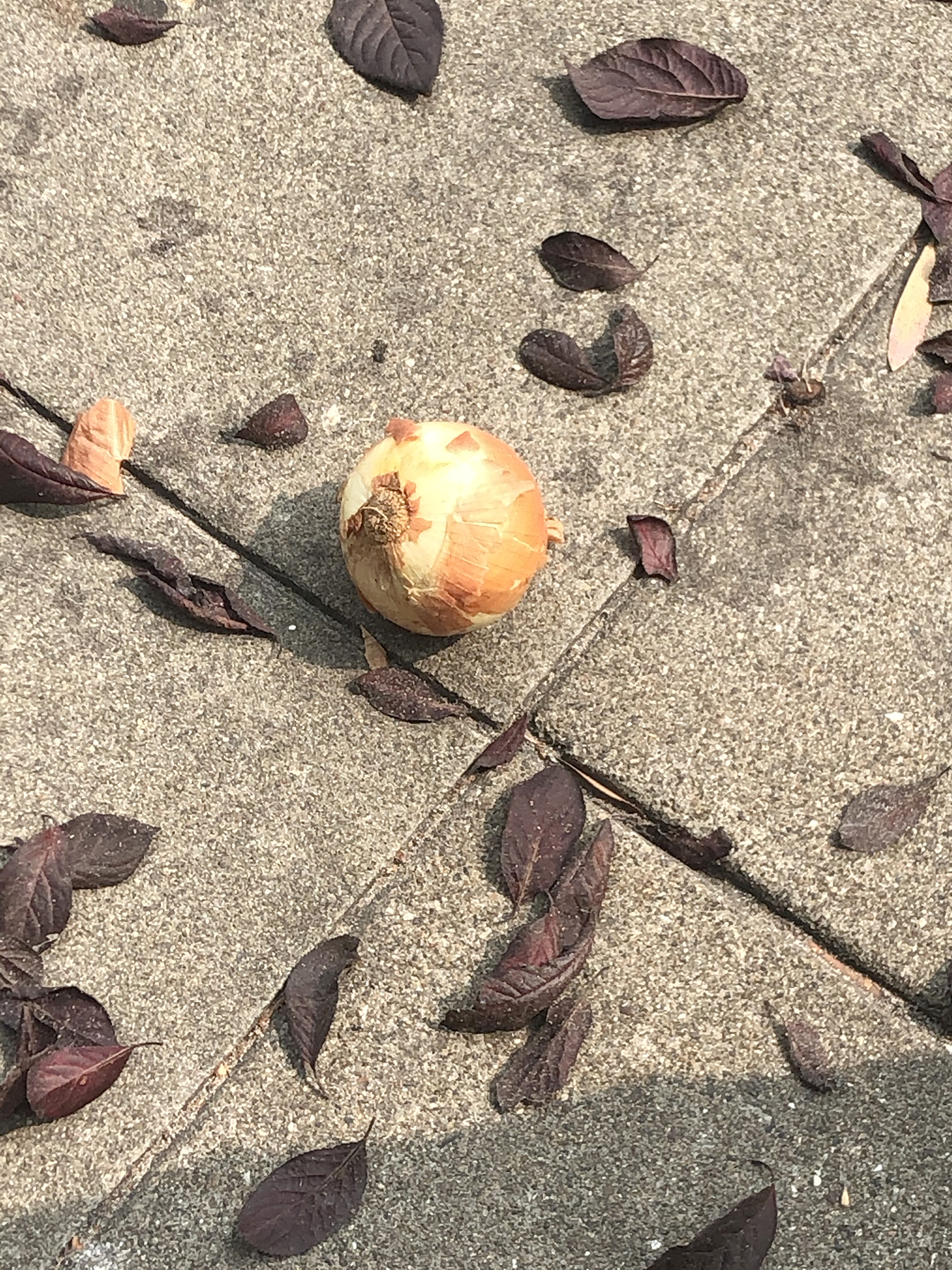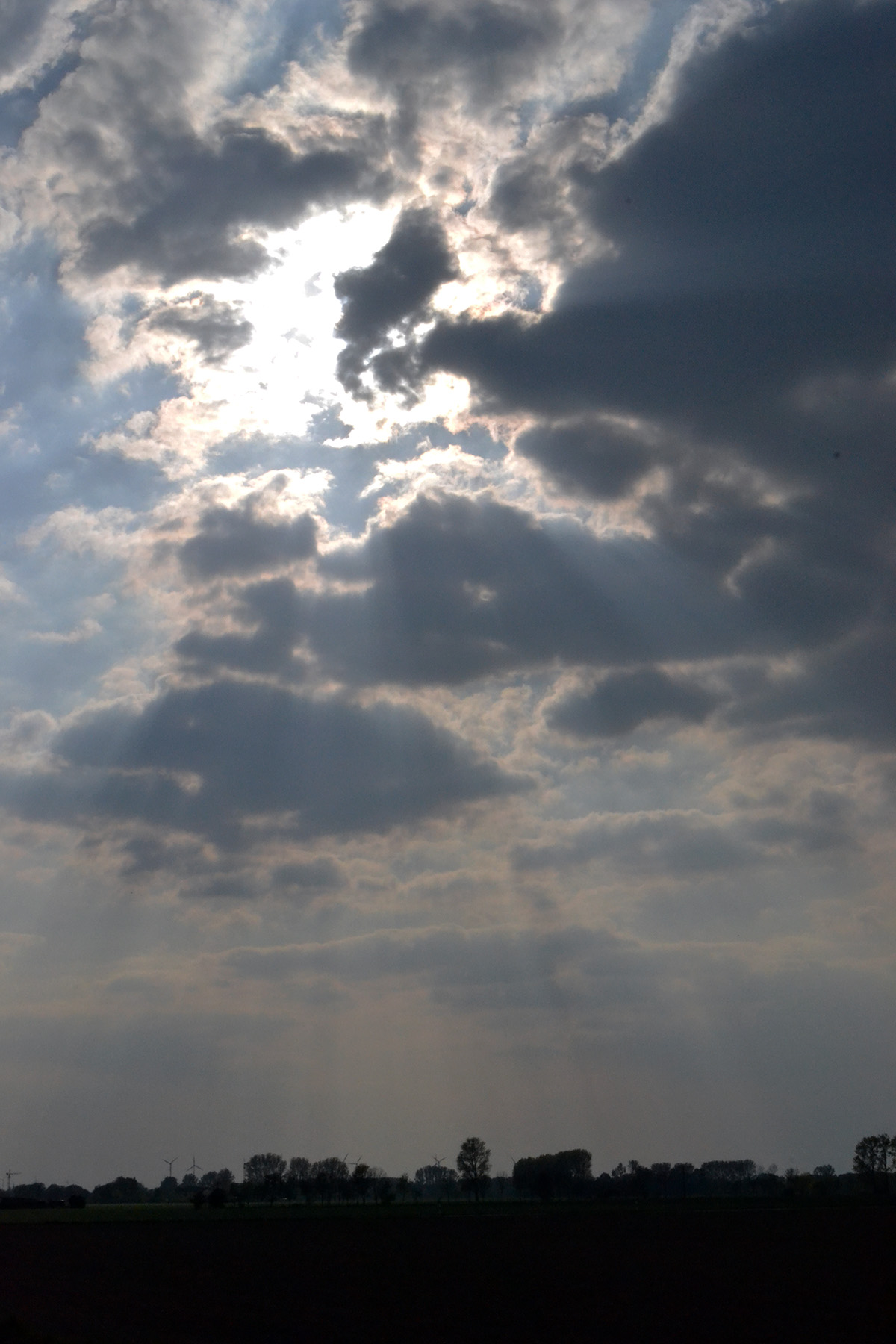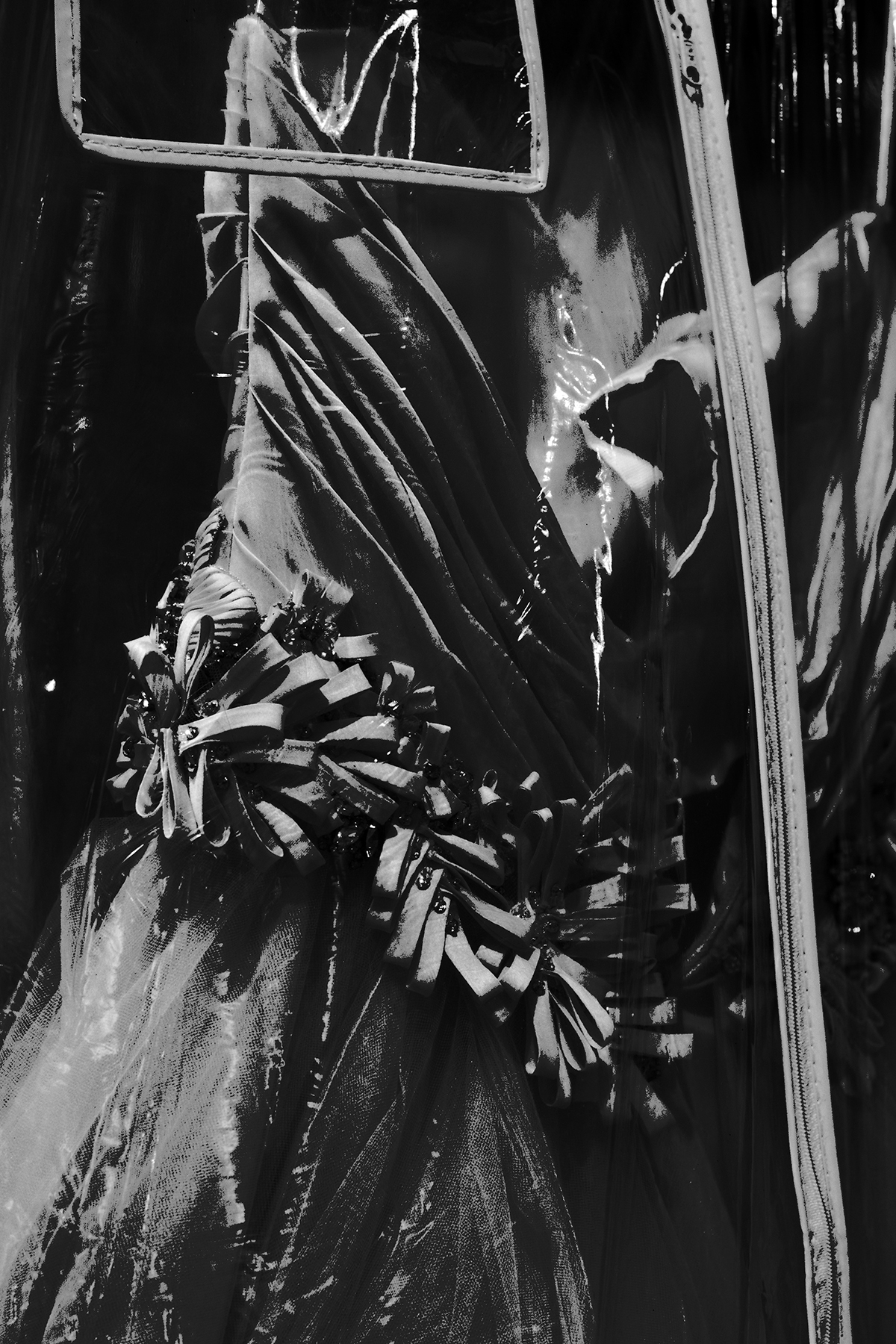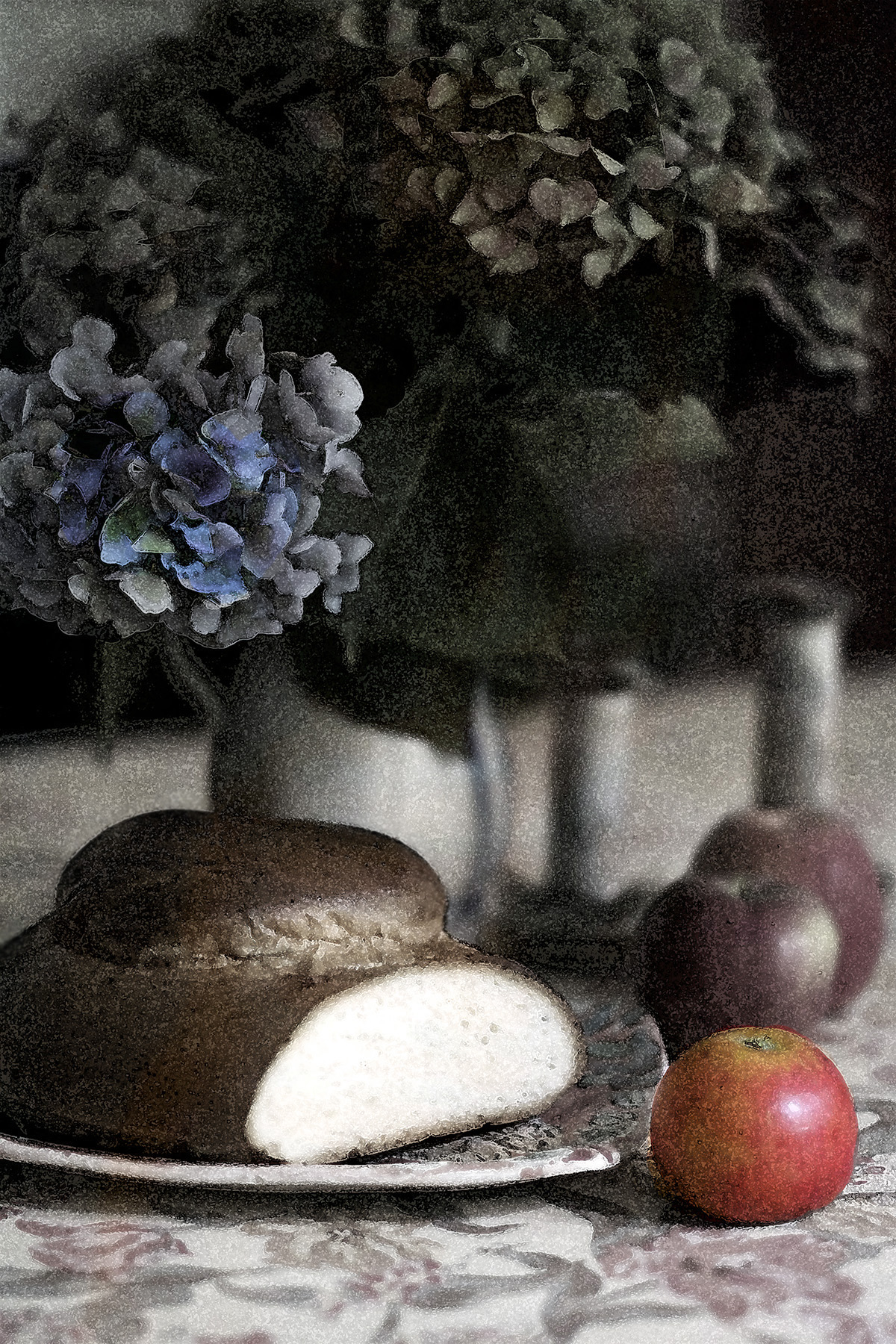I haven’t touched politics on this blog in a while, partly because my brain’s average speed is slow-motion these days, and partly because I wanted to counterbalance the woes of our world with something more positive, viz. poetry.
However this weekend I came across an article that taught me something new, and I think in the context of Amy Coney Barrett’s Supreme Court nomination and the sly refusal to say the quiet parts out loud by certain members of the current administration and Congress, it’s worthwhile reporting what I learned.

Randall Balmer, an eminent historian of religion who holds the John Phillips Chair in Religion at Dartmouth at Dartmouth College and is also an Episcopalian priest, has extensively written on religious subcultures and politics in the U.S., his most recent book Evangelicalism in America. Much of his work teaches us about the history of evangelicalism and the fact that it was not always allied with the Religious Right, but instead had progressive historical roots which saw a remarkable resurgence in the 1970s, after evangelicals had withdrawn into a more isolated subculture during midcentury, fearing the corruption of their children by the world at large. Last year he wrote,
“evangelicalism, in contrast to the Religious Right, has a long and distinguished history. Evangelicals set the social and political agenda for much of the 19th century. They advocated for the poor and the rights of workers to organize. They supported prison reform and public education. They enlisted in peace crusades and supported women’s equality, including voting rights.”
Here is the, for me, new and interesting fact of how evangelical leaders and the Religious Right joined forces in the 1970s, ousting one of their own, Jimmy Carter, and forming the basis of the movement that in 2016 had sworn allegiance to our current president – 81% – 4 out of 5! – of evangelicals voted for Trump in 2016.

Although Falwell and his minions claim that coalitions were formed around the issue of abortion, the inconvenient truth is that they mobilized politically to defend the tax exemptions of their racially segregated schools, including Bob Jones University. The tale that the U.S. Supreme Court’s 1973 Roe v. Wade ruling outraged enough Christians to the point where they joined the Religious Right, Balmer claims, is just that: a convenient tale around an easily communicable issue of morality. If you look at the early reactions among Evangelicals to the Roe ruling, there was either silence, or approval, or at most mild criticism of the ruling.

Instead, it was another court decision that lead to the jointly organized political power we see on the Right today: it was about segregated schools and their tax exempt status as charitable institutions. In the aftermath of desegregation of public schools, the number of private schools that enrolled only White kids exploded. It was all about keeping Blacks out and preventing White children from being influenced by a worldly culture that questioned traditional norms and the tenet of the separation of the races.

On June 30, 1971, the United States District Court for the District of Columbia issued a ruling Green v. Connally that upheld a new IRS policy instituted by Nixon:
“Under the Internal Revenue Code, properly construed, racially discriminatory private schools are not entitled to the Federal tax exemption provided for charitable, educational institutions, and persons making gifts to such schools are not entitled to the deductions provided in case of gifts to charitable, educational institutions.”

Eventually in 1983, the US Supreme Court, in an 8-1 decision (those were the days) ruled against Bob Jones University as a tax exempt institution. The Moral Majority wouldn’t have it – but was also clever enough to know that it could not run publicly under the banner of racial discrimination. What standard to rally around then? Religious freedom? School prayer? Hey, legalized abortion! The perfect decoy.
If representatives of the Religious Right, of which Barrett surely is one, are to become Supreme Court Judges at a time where racism, racial segregation and voter suppression along the lines of race are central to the body politic, it seems to me that this is what needs to be explored in the nomination proceedings, rather than allowing abortion – and obfuscation on positions regarding abortion – to be dominantly used as a screen issue.

To end on a slightly comforting note, here are some encouraging thoughts, although they might involve a time horizon that is too late for many of us:
Yet that same conservative court majority may also serve to isolate and limit the Republican Party’s appeal in a country growing more racially and religiously diverse. Already, according to Public Religion Research Institute data, fewer than three in 10 adults younger than 30 identify as White Christians. The GOP is installing a court majority whose views may collide explosively over the coming decade with the dominant perspective among millennials, Generation Z and the younger generation behind them on questions ranging from abortion to racial justice, climate change and gay rights. Replacing Ginsburg with Barrett on the Supreme Court represents a triumphant moment for the conservative social and legal movements. But if the court majority cemented by Barrett alienates the rising generations who will represent the nation’s largest voting bloc by the middle of this decade, that judicial victory could turn to electoral ash.
Now why does that bring Actus Tragicus to mind? Bach will help us start the week….

Photographs today are mostly from my outer Sunset working class neighborhood.














































































